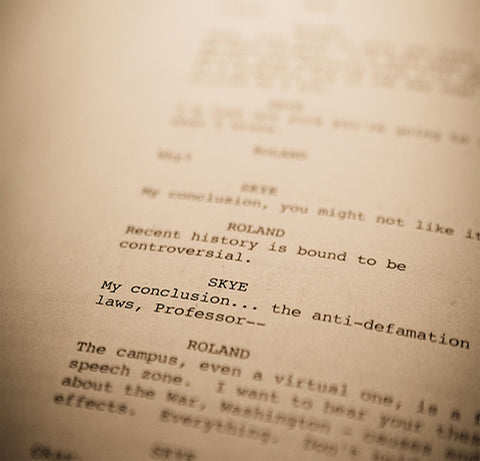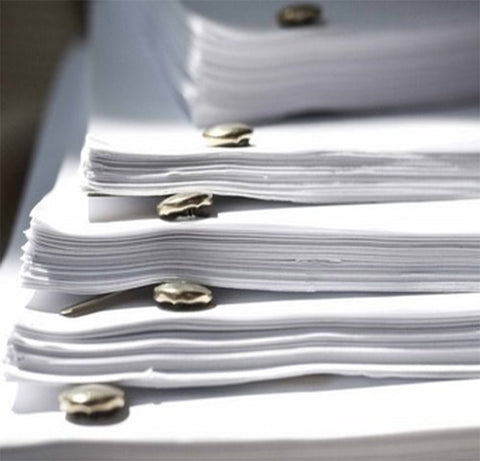
THE A-STORY
Many narratives are actually comprised of multiple interweaving “stories,” each of which has a function within the larger whole. We more typically see this kind of breaking in TV writing, and the use and definitions of the alphabetical “stories” vary between feature and TV. But the core concepts can certainly apply to a feature spec script.
A-story. This is the main story, the “what the movie is about” story. This is the story on which we are breaking the structural beats: first-10, inciting, plot point one, midpoint turn, plot point two, climax, and denouement. This is also the external “stuff that happens” story.
B-story. The B-story is the protagonist’s internal arc. This is the story of the protagonist’s growth and development as a person. These beats follow the same trajectory of the external A-story: first-10, inciting, etc. At each external A-story plot beat, we get an internal B-story character beat, the “what the story means to the protagonist” narrative.
An A-story without a B-story is just incident, stuff happening, popcorn; it has the emotional ballast of a fireworks display. But if we only have an internal B-story, then we get a lot of character work, but nothing much actually happens. So it’s a lot of thinking, moping, staring into mirrors, etc.
C-story. This is typically the “love interest” story. That is: the story of how the protagonist and love interest fall in love in the course of the narrative. The C-story lies somewhere between the A and B, and can inhabit elements of both.
For example, at plot point two, the protagonist’s darkest hour, he might have a terrible fight and break-up with the love interest. But in doing so, he comes to the other aspect of plot point two: a realization of his failings. And thus he is able to grow as a person, and inhabit the thematic elements of the story. This is all very B-story kind of stuff.
D-story. The D-story has no set function; it mostly defines itself as being a consistent set of narrative beats that inform the A- or B-story. For example, on the plot side the D-story could be the protagonist rising in the ranks of a criminal organization. Or on the internal side, the D-story might be the protagonist working to resolve her relationship with her estranged mother.
The D-story is only of value insofar as it has a unique value to either the A- or B- story. For instance, if the D-story is the protagonist’s rise in a criminal organization, that could concurrently lead to a rock bottom moment in his B-story in which he realizes he has become morally bankrupt, leading to a decision to fight back against his former criminal colleagues in the climax of the A-story.
The point is to be aware of what each beat, scene, and choice is doing. When every part of the story engine has a specific and vital function, the whole thing runs smoothly, and the audience can settle in for the ride.




